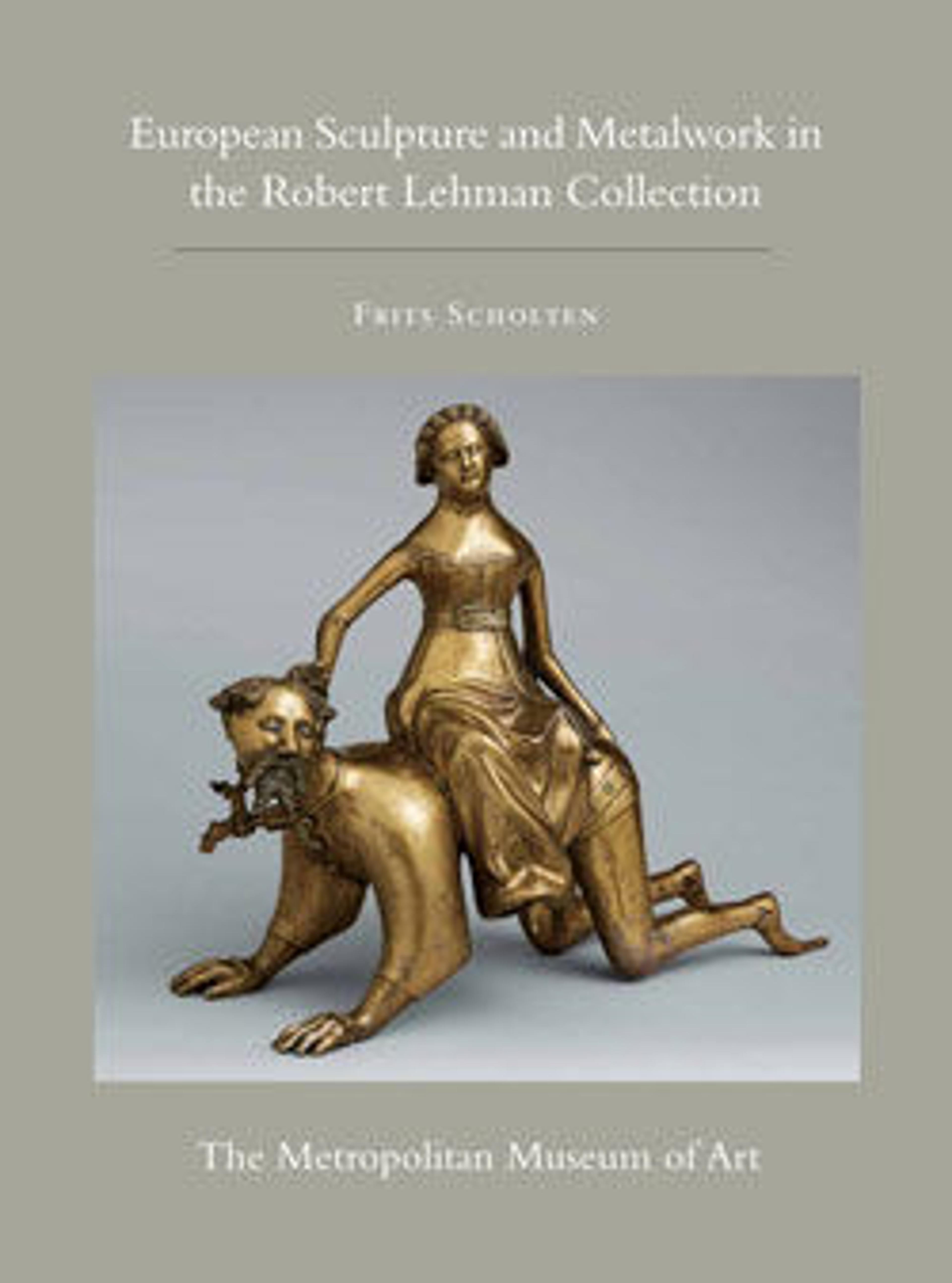Allegory of Triumph and Sacrifice
The plaquette depicts an allegory of Triumph and Sacrifice, with a nude youth standing on a podium in the center, flanked by a winged Victory and two female attendants; to his right are two men slaying an ox. Two men in the background play flutes, a third carries a laurel branch. The reverse has a rarely observed surface of radiating lines in a herringbone pattern. It is a feature that this plaquette has in common with at least four others by or attributed to Riccio. Two of these also represent the allegory of Triumph and Sacrifice (National Gallery of Art, Washington, D.C.), and the mutual subject strongly points to an origin of all three from the same workshop. No satisfactory explanation has been given for the presence and purpose of the pattern; although it seems unlikely that it formed part of the casting system of vents and runners, there is a vague resemblance with the spruing pattern of Ghiberti’s panels for the Gates of Paradise.
Artwork Details
- Title:Allegory of Triumph and Sacrifice
- Artist:Attributed to Andrea Briosco, called Riccio (Italian, Trent 1470–1532 Padua)
- Date:ca. 1520
- Medium:Copper alloy with reddish brown natural patina under a worn black lacquer or wax.
- Dimensions:7.6 x 10.3 cm, wt. 188.24 g.
- Classification:Plaquettes
- Credit Line:Robert Lehman Collection, 1975
- Object Number:1975.1.1341
- Curatorial Department: The Robert Lehman Collection
More Artwork
Research Resources
The Met provides unparalleled resources for research and welcomes an international community of students and scholars. The Met's Open Access API is where creators and researchers can connect to the The Met collection. Open Access data and public domain images are available for unrestricted commercial and noncommercial use without permission or fee.
To request images under copyright and other restrictions, please use this Image Request form.
Feedback
We continue to research and examine historical and cultural context for objects in The Met collection. If you have comments or questions about this object record, please contact us using the form below. The Museum looks forward to receiving your comments.
